About today's Zoo
The Asahiyama Zoo is no exception to the corona outbreak.
Due to the corona infection control measures, most of the popular activities such as the "Mogumogu Time" have been cancelled.
However, that also means that visitors can spend their time freely without being restricted by the activities hours.
The park is also quieter due to the pandemic, fewer visitors are coming to the zoological park. But this also means that there are fewer queues and waiting times than before.
It may sound cynical, but if you want to take your time to enjoy the park, now is the time to do it.
In this second part, we will focus on the zoo's outdoor enclosures recommended by our author, Kota.
The Polar Bear Habitat

This habitat is one of the driving forces behind the zoo's popularity. The sight of a giant polar bear diving into water is so spectacular that in the past, there were long queues in front of the enclosure to see the animal. There is much less people recently though.
On sunny days you may also find your big teddy bear taking a nap while sunbathing under spring's gentle sunshine.

If you want to see polar bears in the water, go inside the museum.
There is a swimming pool in the museum, and you can observe the surface and the water from inside the building.
The first viewing area is right next to the entrance door!


If you're lucky you can even see the bear diving! The timing is everything!

Down the aisle, there is a window facing the outdoor habitat as shown in the first picture.
Stop by here and with some luck the white bear may come to see you !

Only a few dozen centimetres away from the animal, this window is located in front of the bear’s usual stroll course. The picture you have right above this text reflects a scene that actually happens pretty often... If the bear is not sleeping of course !
If you continue to walk for a bit, you will come to a place where you can see the pool from above. The exit is located right beside it (you can not enter the facility from here as it is a one-way door).
The Fierce Animal House
The Fierce Animal House is home to tigers, lions, brown bears and leopards.
There are two routes to visit: the Wolf’s Forest route and the Penguin Hall route.

The image above shows the Penguin Hall route.
Behind the visitors there is a path to the rooftop viewing facility, unfortunately, the path is closed in winter due to snow.
Many people don't try to go beyond the ropes (of course they don't), but in fact, just before the ropes is the "spot not to be missed".
Hopefully by the time this article is published the snow will have melted and the road closure will have been lifted.

From the sheltered interior you can see the tigers on your left and the lions on your right(don’t worry they don't live together).
It would be a shame not to stop by here!

Here are young Siberian tiger brothers messing around.

On the other side, the lion is sunbathing.

In addition, there is a plate right before the glass so the visitors can observe the resting lion right before their eyes.

But there is even better: this small window !
Of course, you can see the feedlot from here too, but the secret feature of this little window is elsewhere. Hold your camera, wait for a tiger to pass by and press the shutter button !
Thanks to the window frame the animal you took will looks like a painting !

It's a bit like a painting.
Be respectful with the other visitors and wait for your turn when going by the observation window !

On the other side, when taking the Wolf's forest route you will pass in front of the Ezo brown bear followed by the snow leopard and the Amur leopard.
If you take the road on the left, you can go up to the roof and observe the leopards from the top.

Here is a snow leopard climbing on his cage, taken by our writer.
The two people holding the camera on the other side are on the roof.
In other words, you can see the enclosure from two different heights. As the leopards are active in trees and love climbing, the zoo created an habitat to let their animals climb and built viewing points at different heights for the visitor to see the animals and learn more about them.

The image above is a picture of the roof. In summer, you can go downstairs from here, but it is closed in winter.
The Lesser Banda Hut and its surroundings
With a suspended bridge going above the visitors heads, the red panda habitat is one of the most popular exhibit of the zoo.

There is a quite large number of lesser panda kept in the zoo.
We don’t know how the zoo manages to do this but, the red panda here are always active when the park is open.


Like this, you can see the red pandas whenever you want !
Alright, let's go to the next enclosure!
On the right side of the red panda hut, the small animals exhibit is located. However, only one species is shown to the public during the winter.
■The small animals exhibit: the Manul (Pallas’s cat)

Huh? Where is the kitty ?
In a box? Behind a tree? Maybe the zoo didn't let it out because it’s too cold today?
Like this, many people simply give up and walk away.
No, no, no, it’s right there.
Before the wall, up, on a rock.
Let's have a look.

It is difficult to find it from afar. But being hidden makes the animals feel at ease.
Anyway, when our writer pass by the Manul’s enclosure, it usually sits around here.
Be sure to look on the rock when stopping by next time !

The Pallas's cat is wearing its winter fur at the moment.
To be honest, our writer didn't know it had a winter fur until now.
According to the zoo’s website, this wildcat lives in high-altitude grasslands and semi-deserts from southern Siberia to China, Iran, and Afghanistan. The body length is 50-60 cm. "Manul" is a Mongolian word meaning "small wildcat".
As the manul is often sleeping, you should consider yourself lucky if you happen to see it with its eyes open !
■The Arctic Fox

At the opposite side of the small animals exhibit, to the left of the red panda house
It looks like a lot of snow has piled up there but it’s actually a small mountain covered up with snow.
Anyone’s here ? What ? Again ? What’s going on?
Here it is !

Its fur blends with the scenery, grey-brown in summer and white in winter. But once you find it, it can be easily spotted.
Here is a zoom up.

Nocturnal, the arctic foxes usually sleep during the day.
Dogs are usually like this too, in total they often sleep more than half a day.
If there are days when you can find easily this fluffy mochi, there are days when you can’t find any fox no matter how hard you look.
When this happens, you should move to the left side of the building (on the polar bear side).

Look for it on the left side, around the snowdrifts.
The little rascal is probably hiding somewhere where you can’t see him by only looking from the front of the enclosure.

There it is. If they're not on the front, they're on the back.
This is the Arctic fox. As its name suggests it, it is a fox that lives in the Arctic.
As you can see, their winter fur make them look round and very fluffy. During summer, however it’s the total opposite, their summer fur makes them look slim and neat.
The Snowy owl

It's hard to tell at first glance, but they are right there.
There are two owls, a male and a female.
The owl down, near the ground is the male. For some reason, he often looks away. The female is at the top of the shelter.

Oh ! He finally looked at our writer.

Since a certain saga about a young scarred wizard who had a white owl as a pet got popular, a lot of people came to appreciate this animal.
But our writer loved white owls before it was hyped.
I mean, who doesn’t when you get to see this peaceful face ?

The Penguin Palace
■What you will see depends on their mood?
The penguins are usually in their outdoor habitat. You will very likely see penguins, but everything else depends their mood.


One of the most famous features of the Penguin Palace is its underwater tunnel, with a 360-degree view.
It's amazing to see the penguins swimming above you, it’s like they are flying.


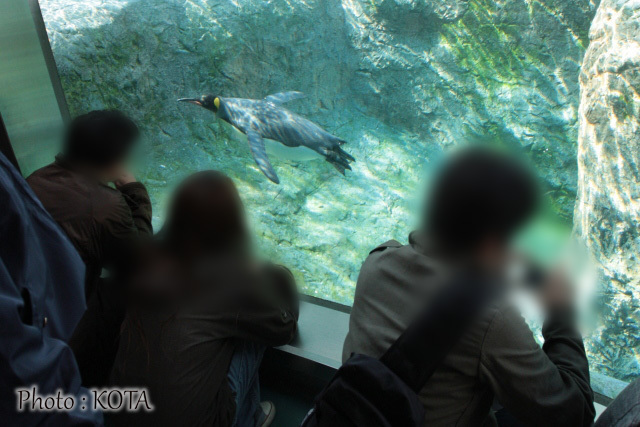
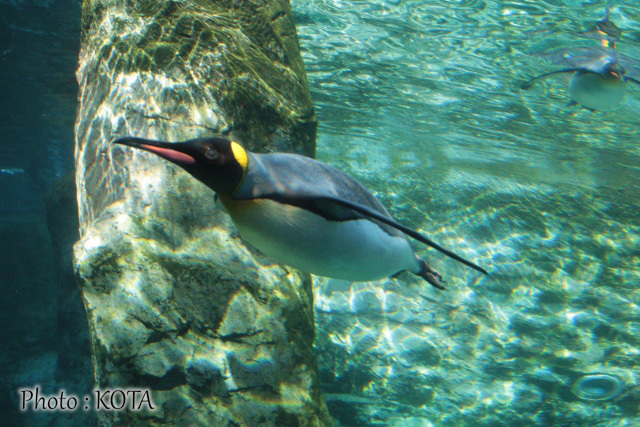
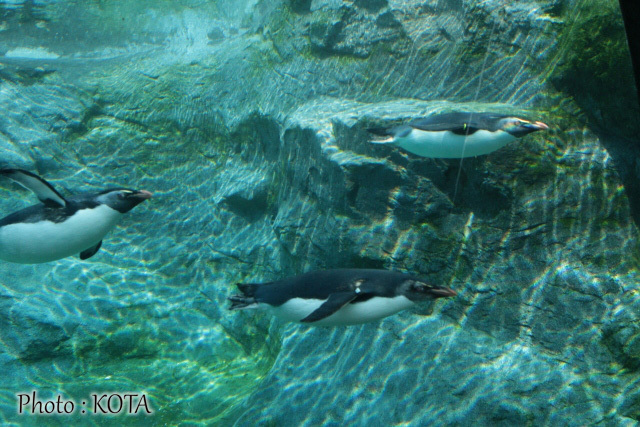
Please, keep in mind that they don't swim around all day long.
Whether they are on the ground or in the water greatly depends on their mood.
But even if you didn’t have the chance to see the penguins swimming, there are other unique ways to see them, if you follow the route leading to the inside of the Penguin Palace.


The palace has an outdoor penguin rookery and an indoor penguin rookery accessible by visitors. It is fun to see what each penguin is doing through the glass.
Further on, there is a big window where you can watch the penguins in their outdoor rookery from your feet.
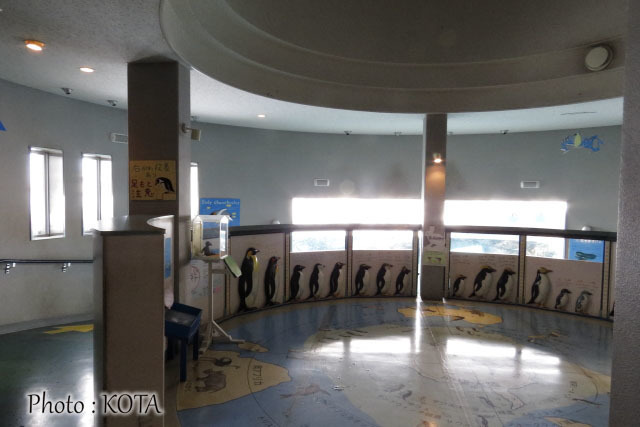

But is it really worth going inside the Palace only for that ?
Absolutely.
When exiting the Palace, you may see a strange bridge-like structure from afar.
Is this the bridge that links humans to penguins?
Unfortunately, it’s not.
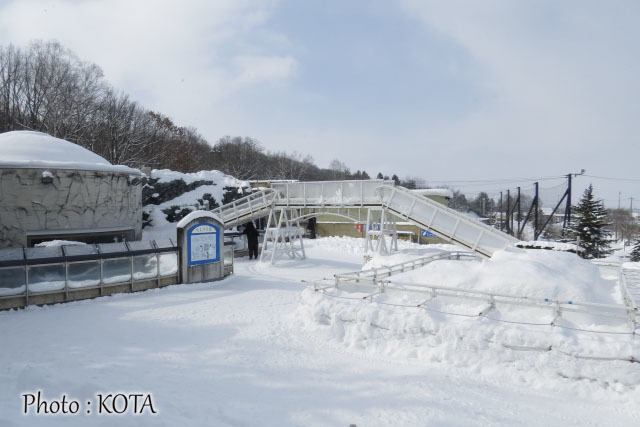

This is the Toboggan Square! Set up in winter when the snow is deep, it allows penguins to cross the bridge from the outdoor penguin palace to the snow pool.
Here, you can watch the penguins playing in the snow and tobogganing from up close.
The penguins are actually sliding through the snow on their tummy when going down from the slide.

When the penguins cross the bridge and how spend their time here depends on their mood.
If they are not here the first time you stop by, you can try to come later in the day.
The Giraffe House
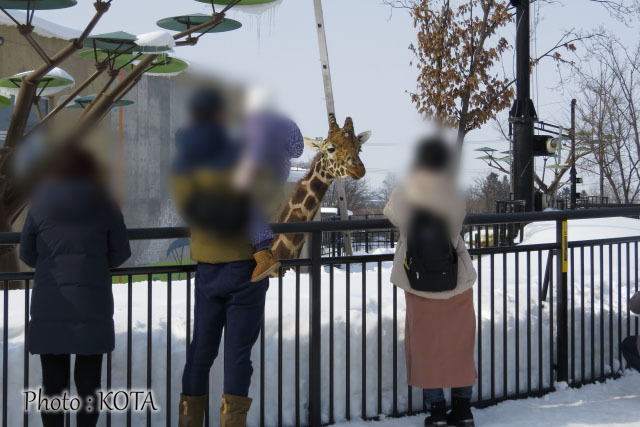
Big animals are very popular.
It's so heartwarming to see small children in awe in front of the long-necked animal.
When there is a lot of snow on the ground you may come across some interesting scenes.
Those unexpected sceneries are also part of the winter zoo !
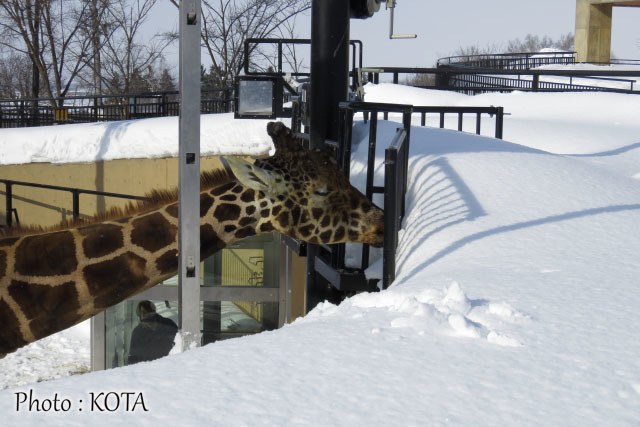
No, seriously, have you ever seen a giraffe eating snow ?
It’s an African animal, who usually lives in the savanna and yet it’s here, playing and getting a taste of fresh snow.
Moreover, you can see the animal from close !

Warning: the exhibition times may change depending the season

The giraffe house habitat is open from 11:00 to 14:00.
Don’t be late or you may miss the giraffes and will not be able to see them.
A baby giraffe may come out in spring
At the end of 2020, a female giraffe named Yui gave birth to a healthy baby.
Some people have heard rumours about this, and specially went their way out to see the little giraffe but unfortunately, for the moment, the baby will be raised indoors, in privacy.
The baby will be out when the weather get warmer.
Monkey Mountain
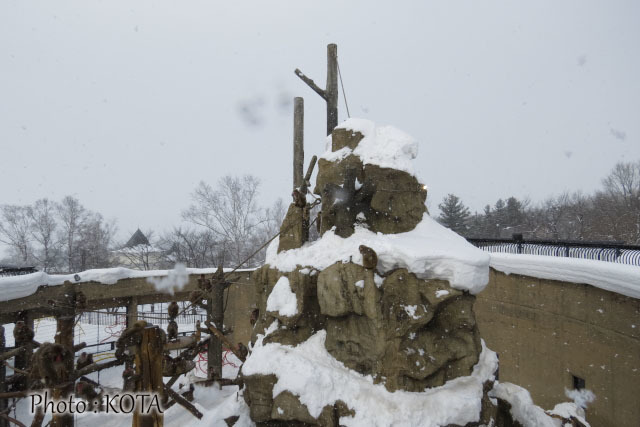
Since it's called "Saruyama," (monkey mountain) people who aren't really interested in this exhibition will only look at the mountain from distance and walk away when they see a monkey on the top.
If you really want to see monkeys, you have to come closer and look below, specially during cold days.
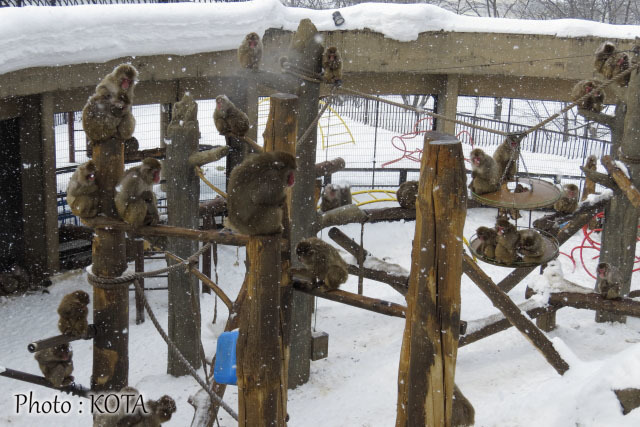
The way the monkeys are huddled together to stay warm is cute.
In spring they often doze off under the sunshine, showing their belly to the sun.
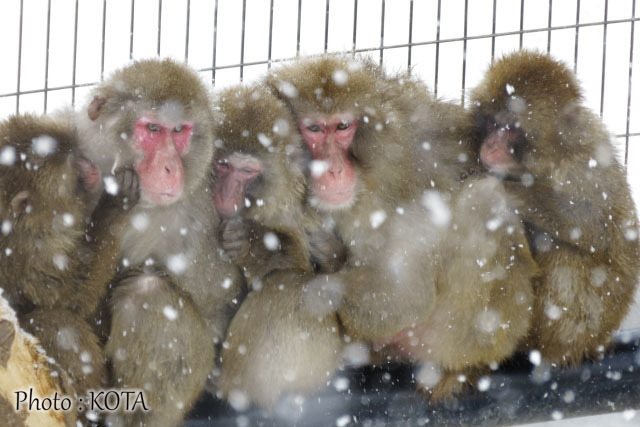
This is the infamous "monkey dango," another specificity of the winter zoo .
If you want to get a better look at them, you can follow the path leading to the base of the mountain.
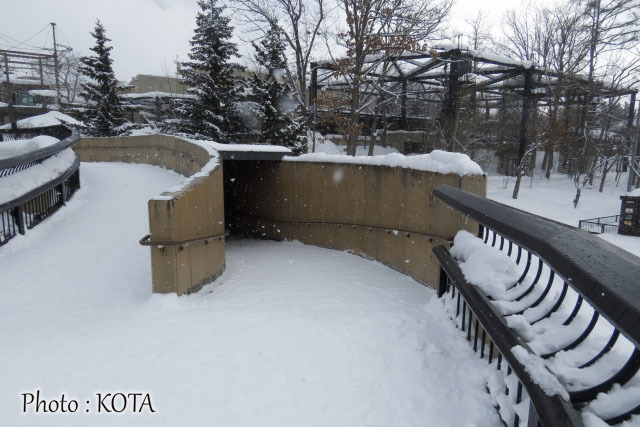

You can see the monkeys more closely from the windows.
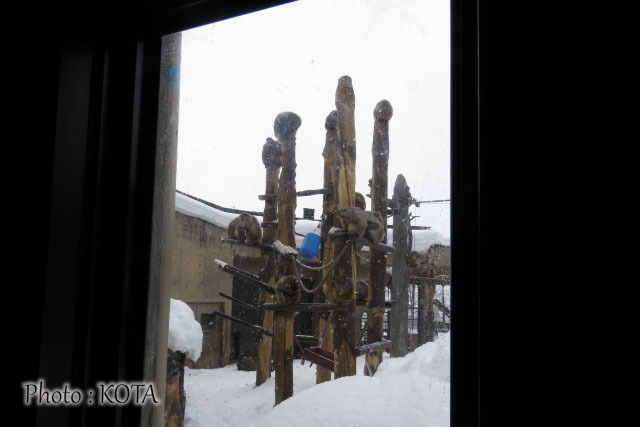

Keeping different animals together, in the same habitat, is also a highlight of Asahiyama Zoo.
On the Monkey Mountain grounds, boars are wandering around. Look out for them.
They are surprisingly big.

Hokkaido Small Animal Corner
The Hokkaido Small Animal Corner is located in the "Gentle Road” area, a road allowing the visitors to walk from/to the East gate on a gentle slope without having to take the stairs.
The animals on display include the Ezo Tanuki (raccoon dog), the Ezo small flying squirrel, the Ezo white hare, the Ezo squirrel, the Japanese sable, the Japanese marten and the Ezo fox. Many of these animals are nocturnal, so if you can't see them, it means that they are hidden somewhere, sleeping. But it is always pleasant to look for them. This is a gentle road, so take your time and enjoy the walk.
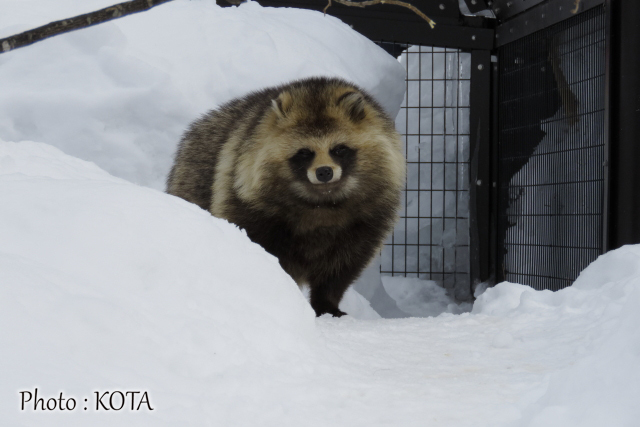
First of all, here is the Ezo Tanuki (raccoon dog), the model for the zoo's poster.
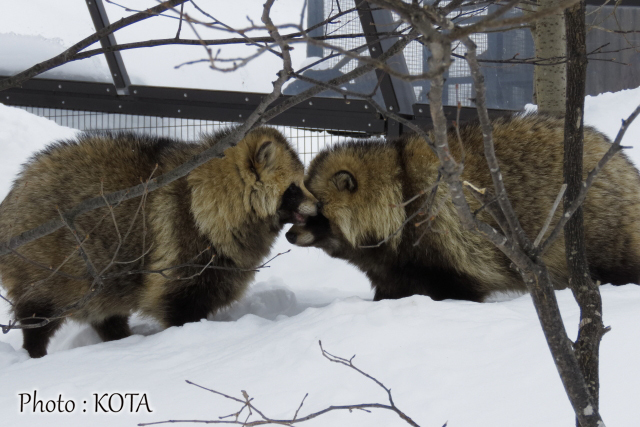

The image above shows the Japanese marten habitat.
If you can't find them, try to open the door.
Gently, to not frighten them.
When you open the door...
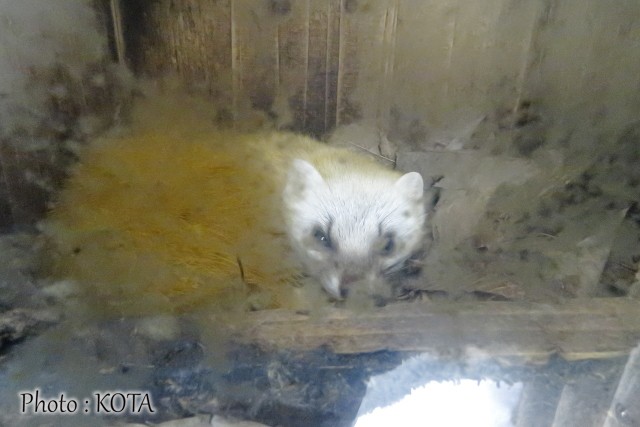
Blending in the scenery, here are the Ezo snow hares.
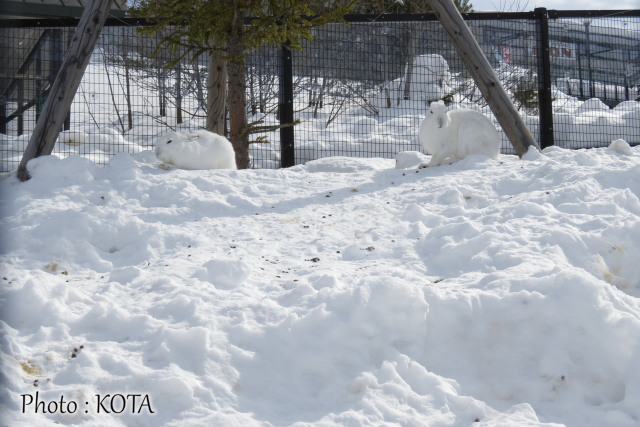
On the next picture you can see a curled up sleeping fox.
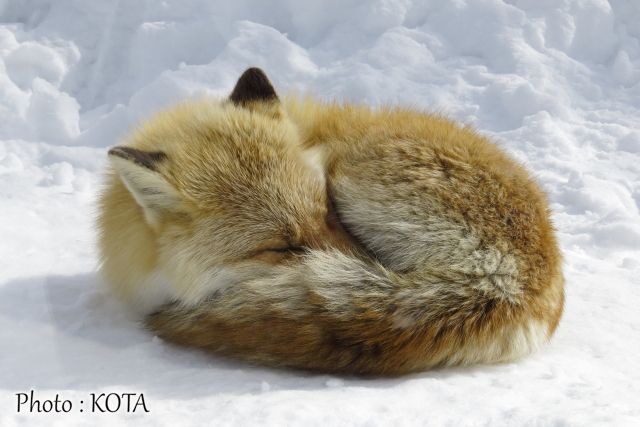
Probably curled up because of the cold, but it looked a bit comfortable under the sunshine.
Miscellaneous outdoor exhibition pick-ups
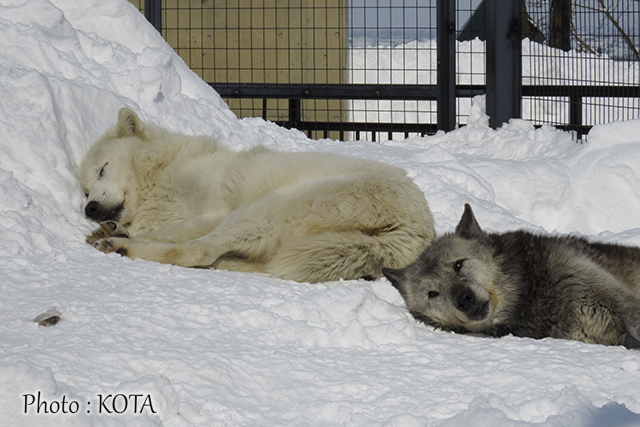
The wolf forest
No matter when you stop by, you'll always find a wolf here or there.
Look at this heartwarming family!
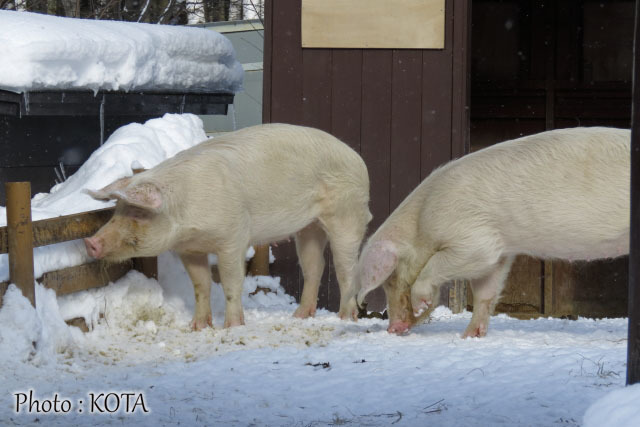
Children's Farm
Here you will find goats, sheep, pigs, etc...
It may be a great place to learn more about nutrition.

The Seal House
The zoo's Marine Way is not to be missed either!
Click here to see the indoor exhibition article
SPOT DATA
■ About the opening hours
Please note that the park opening hours are shorter in winter than in summer.
Winter business hours:
Until 7 April 2021 (Wed)
10.30am - 3.30pm (last entry at 3.00pm)
The park will be closed from Thursday 8 April to Wednesday 28 April 2021.
Summer business hours in 2021:
Thursday 29 April to Friday 15 October 2021
9.30 am - 5.15pm (last entry at 4.00pm)
Saturday 16 October 2021 - Wednesday 3 November 2021
9.30 am - 4.30 pm (last admission 4.00 pm)
SPOT DATA
Asahikawa, Asahiyama Zoo
Kuranuma, Higashi Asahikawa-cho, Asahikawa-shi,
078-8205 Japan
Tel : 0166-36-1104
Translated from Kota's article.
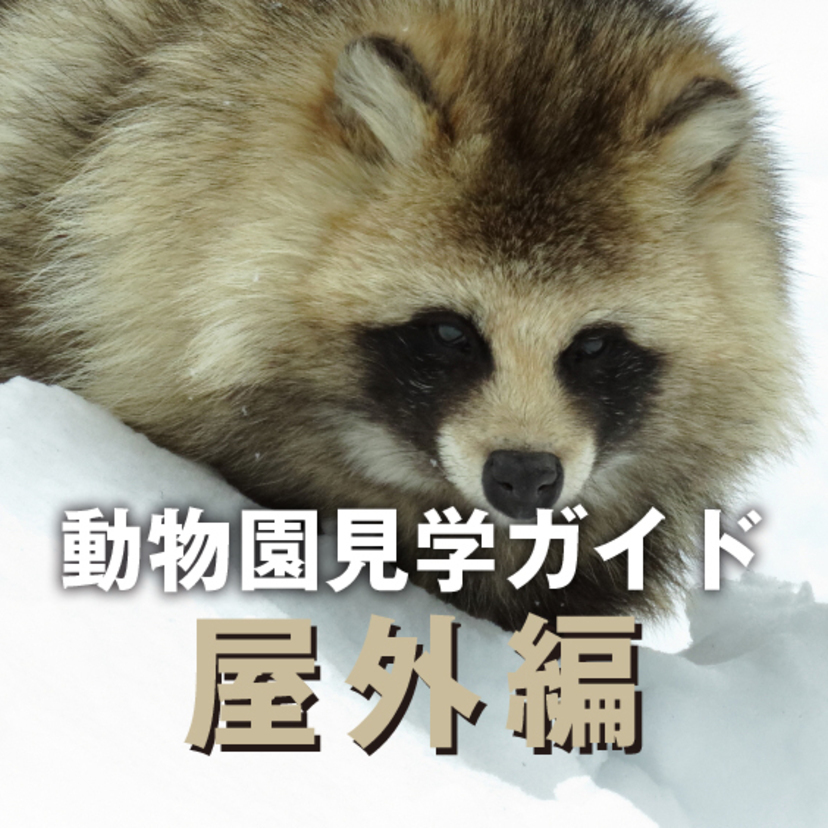
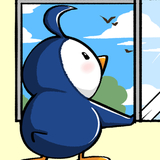





.jpg)



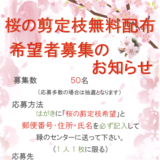









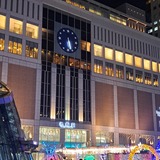
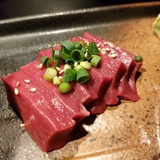
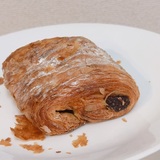

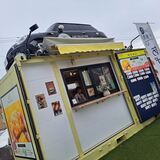
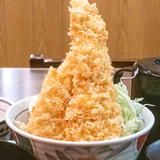


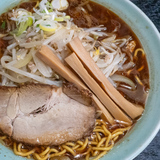
.jpeg)
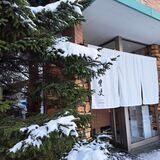





.jpg)






Hello there!
I am in charge of translating in english some of asatan's articles.
I'm from France and I have been living in Hokkaido for 6 years.
Things I like : drawing, pokemon, online games,
Things I don't like : melon, lags, waking up in the morning